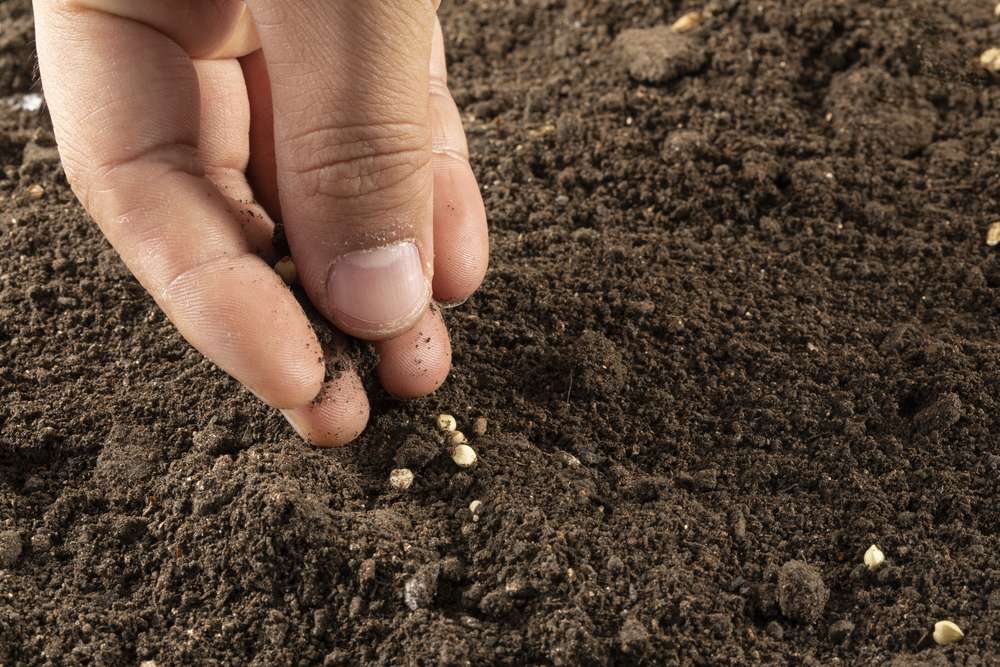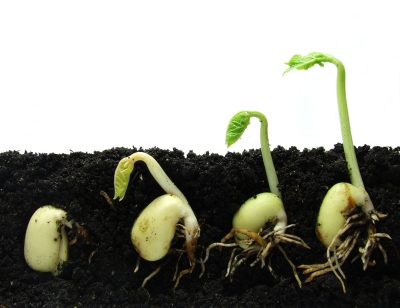Planting seeds is the very foundation of gardening, a magical process where tiny grains metamorphose into lush plants. Whether you’re looking to start a vegetable garden, a flower bed, or a herb patch, understanding the basics of seed planting can significantly enhance your gardening success. This article will walk you through the essential steps and provide tips to maximize your seed planting efforts.
Understanding Seed Selection
The first step in successful seed planting is choosing the right seeds. Select seeds based on your local climate, soil type, and the amount of sunlight your garden receives. Opt for high-quality seeds from reputable suppliers to ensure good germination rates. Consider the planting season—some seeds thrive when planted in cool temperatures (like lettuce and peas), while others need warmer soil to germinate (like tomatoes and peppers).
Preparing to Plant
Once you have your seeds, preparation is key. Start by reading the seed packet, which provides valuable information such as planting depth, spacing, and care instructions. If you’re starting seeds indoors, you’ll need containers or trays filled with a sterile seed-starting mix, which is lighter and more conducive to germination than regular garden soil.
Seed Planting Techniques
The method of planting seeds varies slightly depending on whether you are planting indoors or directly outdoors.
- Indoor Planting: Starting seeds indoors allows you to control the environment and extend the growing season. Fill trays or pots with seed-starting mix, moisten the soil, and place the seeds at the depth recommended on the packet. Cover lightly with soil, water gently, and cover the container with plastic wrap or a dome to keep humidity in. Place in a warm area and ensure they receive plenty of indirect light.
- Direct Sowing: For outdoor planting, prepare your garden bed by loosening the soil and mixing in some compost to provide nutrients. Plant the seeds at the recommended depth and distance apart. If rainfall isn’t sufficient, water regularly to maintain moist soil, but be careful not to overwater.
Germination Tips
Temperature and moisture are critical for seed germination. Most seeds have specific temperature ranges where they germinate best. Using a heat mat can help maintain optimal soil temperature, especially for warmth-loving seeds. Keep the soil consistently moist but not waterlogged. A fine mist is a good way to water without disturbing the seeds or causing erosion.
Caring for Seedlings
Once your seeds sprout, they enter the delicate seedling stage. If you started your seeds indoors, it’s crucial to provide them with strong light. A south-facing window or an artificial grow light will prevent seedlings from becoming leggy. Rotate pots regularly to ensure even growth.
As seedlings grow, thin them out by snipping at the base to avoid disturbing the roots of remaining plants. This process gives the remaining seedlings more space and better access to nutrients.
Hardening Off
Seedlings grown indoors need to acclimate to outdoor conditions gradually, a process known as hardening off. Begin about a week before you plan to transplant them. Place seedlings outdoors in a shaded, protected area for a few hours each day, gradually increasing their time outside over the course of a week to expose them to more sun and varying temperatures.
Transplanting
When seedlings have grown strong and the danger of frost has passed, they’re ready to be transplanted. Prepare the garden bed by loosening the soil and adding compost. Water seedlings well before gently removing them from their containers. Plant them in the garden at the same depth they were growing in containers. Water thoroughly after transplanting to help settle the soil around the roots and eliminate air pockets.
Ongoing Care
Once your seeds are planted and established, ongoing care includes watering, feeding, and weeding. Water deeply but infrequently to encourage strong root growth. Use a balanced fertilizer to provide nutrients throughout the growing season, following manufacturer recommendations to avoid overfeeding. Regularly remove weeds that compete with your plants for nutrients and water.
Planting seeds is a rewarding activity that can yield a beautiful and productive garden. With the right preparation, techniques, and care, you can nurture your seeds from germination to robust plants. Remember, patience and persistence are key. Happy gardening!

